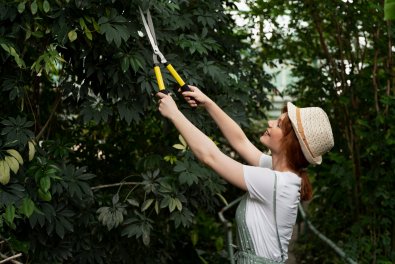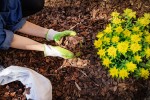Phytophthora Root Rot Disease
Trees, shrubs, and plants can become victims to a host of insect and disease infestations. In places with such heat and humidity as Georgia, they are even more susceptible to fungi such as Phytophthora. If you have never heard of Phytophthora root rot disease, then sit back and skim through this quick-read article brought to you by Sesmas Tree Service. If you determine that your plants, shrubs, or trees are suffering from such a disease, then give us a call to schedule a consultation or treatment. We are happy to take your call at any time of the day. Without further delay, here is a quick run-down of Phytophthora, its effects, and treatment methods.
What is Phytophthora Root Rot Disease?
Phytophthora is Greek for “plant destroyer.” The name is fitting for this soil-borne fungal disease which causes seed rots, pre- and post-emergence damping off of seedlings, and stem rot of plants.
Phytophthora species are microscopic organisms that primarily thrive in heavy or waterlogged soils and spread through splashing rain, irrigation water, and runoff water. They can spread through contaminated soil and gardening tools and equipment as well. Susceptible tree and shrubs species include, but are not limited to:
- Azalea
- Boxwood
- Conifers
- Dogwood
- Daphne
- Holly
- Juniper
- Taxus
- Rhododendron
Symptoms
Though there are above-ground symptoms that you can catch with the naked eye, these signs do not develop until the root decay is in its advanced stages. Such symptoms include wilting, yellowing or sparse foliage, and branch dieback. These symptoms will get progressively worse until the plant dies. For example, the foliage of infected conifers will fade from a vibrant to a dull green, eventually dimming out at brown.
Because the Phytophthora species are microscopic, there will be no evidence of the pathogen itself. Below-ground examination of the roots, however, will reveal a poor root system. The fine, feeder roots will have rotted and even the larger roots can turn brown or black internally. These roots will be softer than usual and break easily.
As you may have concluded, these symptoms are common in a number of diseases. Even waterlogged soils cause such results. Therefore, you may need laboratory examinations to determine whether root decay is due to Phytophthora root rot.
Treatment and Control
Plants with later stages of Phytophthora root rot are unlikely to recover, but those exhibiting early stages may respond to soil treatments with systemic fungicides and cultural practices. Thus, preventative management is the best course of action.
Plant trees and shrubs that are tolerant to Phytophthora root rot and separate plants, shrubs, and trees according to their irrigation needs, with the goal of avoiding overwatering. You want to also improve water drainage to prevent pooling of water around the collar or root system. To this end, raise the planting site on mounds of soil.
Get Experienced Assistance
If you prefer to have an ISA-certified arborist take a look at your potentially infected plants, then call Sesmas Tree Service to speak with a live representative. We are happy to provide a consultation, schedule an appointment, or arrange an urgent dispatch.


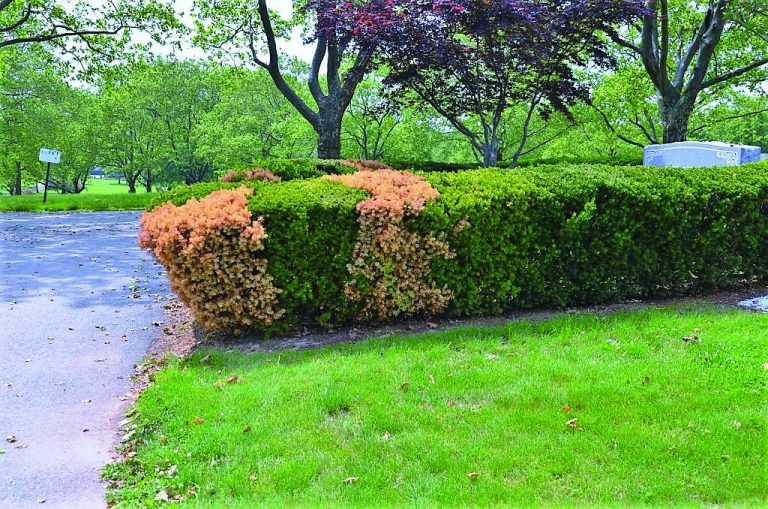

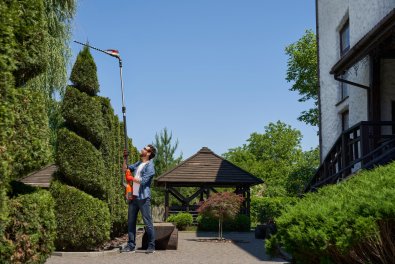
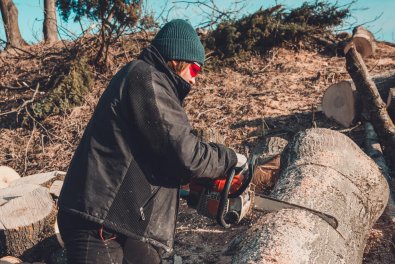
.jpg)
